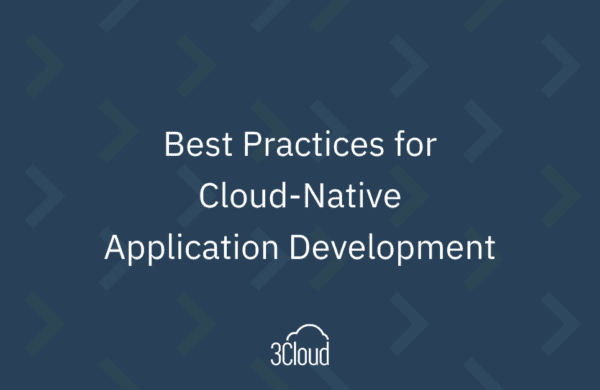Countless companies have become dependent on home grown, embarrassingly built, barely running applications or tools, and there’s always an interesting story about how each of these situations came about. Perhaps you gave an employee slack time to throw something together and see what came of it. Or you thought “we have no expertise, so let’s hire an outside firm (on a tight budget) to get something up and running for us.” Maybe you found a third-party solution that was close to what you needed, and you built something new on top of on it.None of this is surprising. The entrepreneurial spirit drives innovators to pursue profit quickly – using the tools at hand – and worry about optimization, scaling, and quality as success allows. But what happens when an application that provided early growth becomes a boat anchor, holding you back from pursing the next level of success? That’s what the application modernization movement is all about.
Luckily for IT leaders, a wide range of causes for outdated, legacy applications do not equal a wide range of approaches to their modernization. Projects that come in on time and at budget consistently follow the three phases below, from assessment to setting goals to taking action with an expert partner.
1. Assess the Situation Objectively
Before your organization gets too far down the path of modernization, it’s important to take a hard look at the feasibility of a redo or rewrite of your application. Explore the following:
- Your application’s business value – What value does the application bring to your business now? What would happen if it had a major outage? Which end user needs does it effectively meet? How could its business value change with modernization?
- Budget and opportunity cost – How much are you willing to invest now to become future fit? When weighing opportunity costs, think about other critical projects your team could be working on, but be sure to factor in the cost of maintaining the legacy system as well.
- Other impacts to your organization – Think about your people, processes, and organizational tolerance for change. If your application’s end users are employees (e.g. your Sales or Customer Service department), how much time do they have to lend their voice to the project? How can you put people first from beginning to end?
- Risk vs. reward – There are plenty of benefits of application modernization, including organizational agility and improved user satisfaction. But have you weighed the risks as well? According to a report by PMI, 14% of IT projects were deemed total failures, while another 31% failed to meet their original goals.
2. Reimagine What Could Be
In gearing up for a modernization project, acknowledge that your application should be more than just a tool for today’s needs. It should be a platform for your company’s future innovation and growth. Conduct discovery interviews to determine how the project could enable entirely new processes, rather than simply planning to migrate to a new technology.
Reimagining your platform without establishing clear, measurable goals and a realistic timeline will get you nowhere fast. Ask whether it’s important to your business to maintain feature parity with the old system, or if there are unused features adding bloat. Stay clear on the new capabilities, offerings, and opportunities you want to add. Prepare to closely monitor the total cost of ownership for the new system, by weighing costs to build and operate it against the value it unlocks for the business. Your final step in this phase, before actual work begins, is to pick a path forward and decide whether you’ll build a custom application or buy something off the shelf.
3. Start Your Application Modernization Project
It can be intimidating for IT leaders to launch an app modernization project. Perhaps you’ve tried it before and were part of that 45% fail rate your first time around. Wherever you’re at in the process, getting expert help can ensure your project comes in on time, at budget, and done right the first time.
Working with a partner is different from simply buying an off-the-shelf system. You’ll need to stay engaged throughout the project and avoid the temptation to throw it over the wall. An experienced app mod partner will guide your team through proper goal setting, technical planning and design, provide regular and visible demonstrations of progress, and help keep everyone focused on the future vision and outcome.




